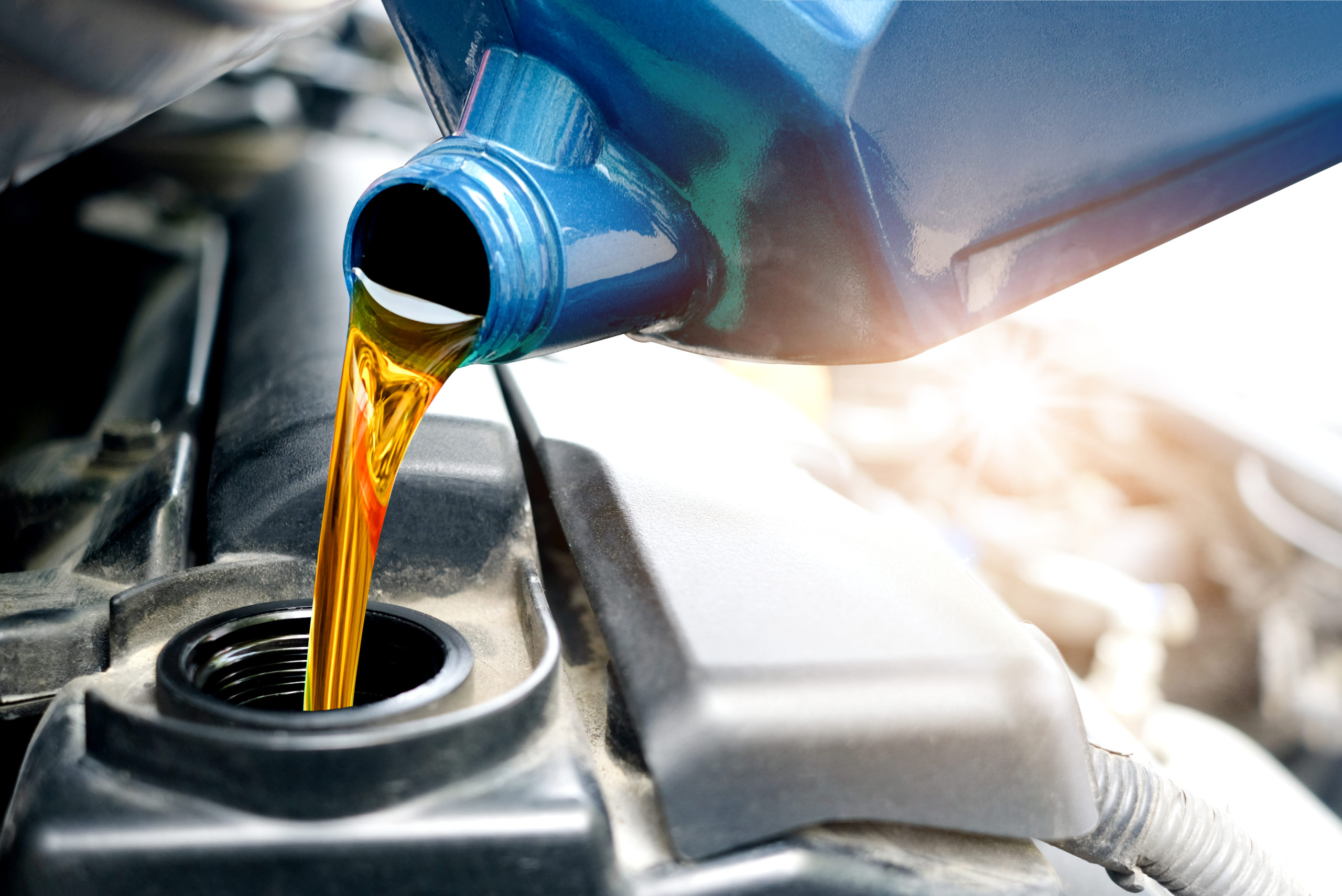Routine maintenance is essential to ensuring your car’s best performance. Unfortunately, many vehicle owners focus on engine maintenance and forget to keep their tires, frame, and suspension in good condition. One of the most important steps to keeping your car in good shape is to adjust any alignment issues when they appear.
In our previous blog, “Wheel Alignment—Why It’s a Maintenance Necessity,” we discussed how misalignment damages your tires and vehicle suspension over time. In this blog, we take an in-depth look at causes of alignment problems, types of misalignment, and signs that you need an alignment service.
How Does Misalignment Happen?
Vehicles can withstand a lot of force overall, but certain sections of a vehicle are more vulnerable to damage from impact or improper driving. Your wheels can become misaligned in the following situations:
- Colliding with another vehicle or a stationary object, even when the accident is minor
- Driving over a piece of debris with very little give
- Hitting a pothole
- Running over a curb or driving over speed bumps too quickly
- Scraping or bumping a parking stall
The severity of the misalignment may depend on the make and model of your car, the quality and condition of your tires, and the speed at which you were driving during the incident.
What Does Misalignment Look Like?
Correct wheel alignment means that the tires are positioned so that they interact as they should with the vehicle’s suspension system. When the alignment is altered, suspension components could become warped and riders may feel more jostling while driving.
Your alignment could shift in any direction. When discussing alignment, professionals describe the misalignment in terms of camber, caster, and toe. Your mechanic may also address the balance of your tires.
Camber
When you look at your vehicle from the front, you see the narrow sides of your tires. From this perspective, perfectly aligned tires are perpendicular to the ground. When the camber is incorrect, your tires may tilt inward or outward so they don’t make a straight line from the body of your car to the ground.
If your tires tilt inward toward the body of your car, they have negative camber. If the tires lean outward, they have positive camber.
Caster
The spot where your tire connects to your car is known as the steering axis. This axis must stay situated under the heaviest parts of your car’s frame in order for your vehicle to handle properly. If you look at your car from the side and imagine a straight line going directly through the center of your front tire, that’s where your steering axis should be.
If the steering axis shifts forward, this misalignment is known as negative caster. If the axis moves backward, the tire has positive caster.
Toe
To picture your car’s toe alignment, it may help to think of the phrase “pigeon-toed.” Pigeon-toed people’s feet naturally point inward. Cars with toe in misalignment have tires that point inward at the front. If you could see your car’s tires from above, toe in tires would look similar to the stance of someone who’s pigeon-toed.
The opposite type of misalignment can also occur. When a car’s tires point outward from the front, this misalignment is called toe out.
Balance
In addition to developing alignment problems, your tires can also become imbalanced over time. When the balance is incorrect, your tires may vibrate too much. This vibration could have either an up-and-down pattern, known as static imbalance, or a side-to-side and up and down movement, known as dynamic imbalance.
A technician can usually check wheel alignment and tire balance in the same session.
When Do You Need Wheel Alignment?
While wheel misalignment can happen in numerous ways, as discussed in the previous sections, most alignment problems aren’t visible to the untrained eye. Misalignment can happen in tiny increments that you most likely won’t notice see right away, but even a small problem can affect your vehicle.
You should take your car in for an alignment service when:
- You experience a marked increase in suspension-related vehicle issues.
- You have had a new tire or new set of tires installed since your last alignment service.
- You haven’t had the wheels aligned in a year or more.
- Your car pulls or drifts to either side when you attempt to drive in a straight line.
- Your steering wheel looks like it’s turned to one side when you’re driving in a straight line.
- Your steering wheel vibrates while you drive.
- Your tires show excessive tread wear on one side and comparatively little wear on the other.
Pay attention to the alignment of your vehicle to ensure that your car stays safe and efficient, regardless of where the road ahead may lead.
If you notice the signs of misalignment, schedule a wheel alignment service at Evans Tire & Service Centers today.





